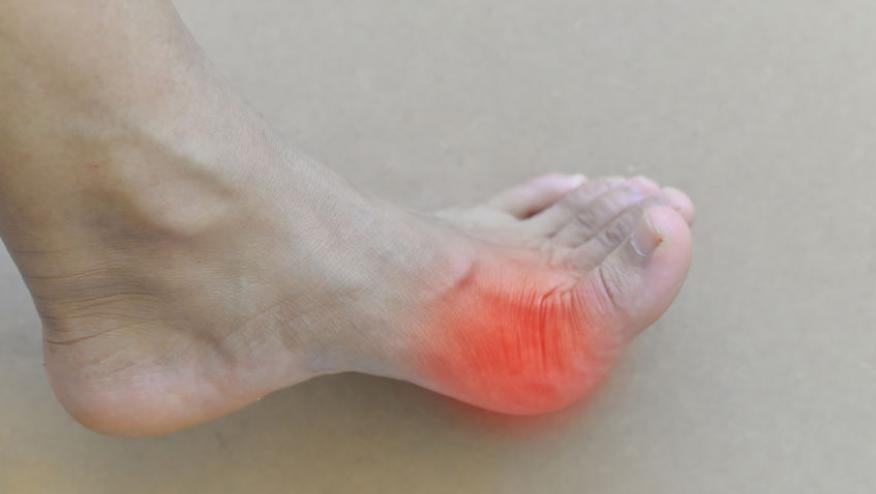Gout Flare and Treatment Studies Lacking in Severe Chronic Kidney Disease Save

Gout is a common comorbidity amongst those with chronic kidney disease (CKD), with the added challenge of choosing best therapies in the setting of declining renal function. A systematic literature review notes significant deficiencies regarding the efficacy and safety outcomes of gout flare prophylaxis and therapy stratified by different levels of renal dysfunction.
The current medical literature regarding gout flare prophylaxis and therapy use in people with CKD stages 3–5 was undertaken (1959 to 2018), specifically identifying studies with people with gout and renal impairment (reduced eGFR or CrCl < 60 ml/min/1.73 m2).
They identified 33 studies with efficacy and/or safety analysis stratified by renal function, including the following gout drugs: colchicine (n = 20), anakinra (n = 7), canakinumab (n = 1), NSAIDs (n = 3), and glucocorticoids (n = 2). Another 58 studies reported these primary outcomes without renal function stratification—colchicine (n = 29), anakinra (n = 10), canakinumab (n = 6), rilonacept (n = 2), NSAIDs (n = 1), and glucocorticoids (n = 10).
Overall the major fault lies with most studies that excluded patients with severe CKD (i.e., eGFR or CrCl of < 30 mL/min/1.73 m2). Hence, all that is known about the efficacy and safety flare prophylaxis and therapy is inappropriately extrapolated to those with advanced CKD.
For instance, the authors state, "Although colchicine has been used for many years and remains a first-line anti-inflammatory drug for gout flare prophylaxis and therapy, we currently have insufficient data to adequately inform us on the efficacy and safety of using colchicine in people with gout and concomitant CKD."
There is a need for future gout flare and treatment studies focusing on those with severe CKD.









If you are a health practitioner, you may Login/Register to comment.
Due to the nature of these comment forums, only health practitioners are allowed to comment at this time.